Bramble-Bees and Others
Bramble-Bees and Others
Translated by Alexander Teixeira de Mattos
Book Excerpt
The number of cells varies greatly, according to the qualities of the stalk. If the bramble-stump be long, regular and smooth, we may count as many as fifteen: that, at least, is the highest figure which my observations have supplied. To obtain a good idea of the internal distribution, we must split the stalk lengthwise, in the winter, when the provisions have long been consumed and when the larvae are wrapped in their cocoons. We then see that, at regular intervals, the case becomes slightly narrower; and in each of the necks thus formed a circular disk is fixed, a partition one or two millimetres thick. (.039 to .079 inch.--Translator's Note.) The rooms separated by these partitions form so many little barrels or kegs, each compactly filled with a reddish, transparent cocoon, through which the larva shows, bent into a fish-hook. The whole suggests a string of rough, oval amber beads, touching at their amputated ends.
In this string of cocoons, which is the oldest, which the youngest? The oldest is obviously the bottom one, the one whose cell was the first built; the youngest is the one at the top of the row, the one in the cell last built. The oldest of the larvae starts the pile, down at the bottom of the gallery; the latest arrival ends it at the top; and those in between follow upon one another, according to age, from base to apex.
Editor's choice
(view all)Popular books in Science, Nature, Non-fiction
Readers reviews
0.0
LoginSign up
Be the first to review this book

 Free Download
Free Download



















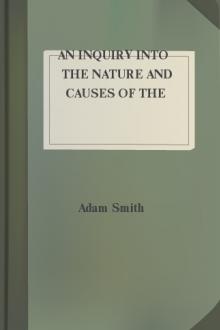

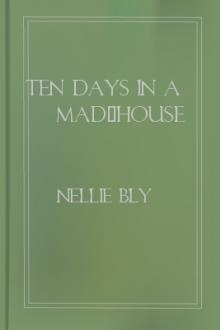
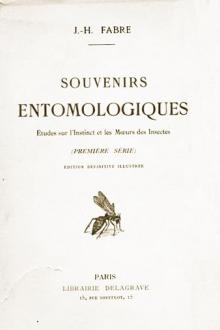

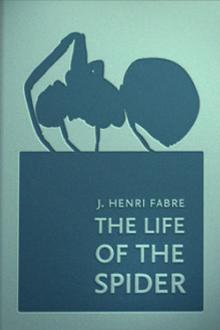
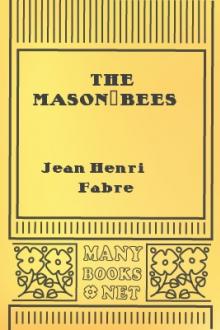
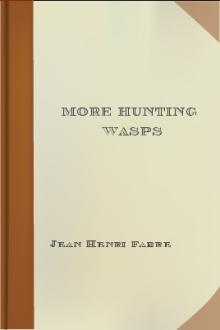

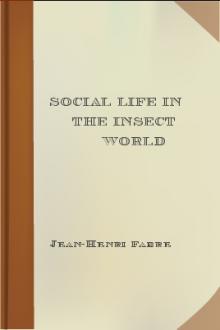
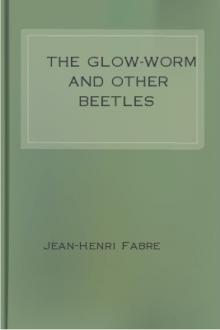




-itok=vcKIB5v1.jpg)